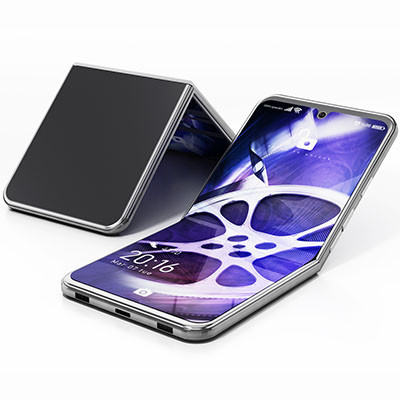- Home
- About Us
- IT Services
- Understanding IT
- Understanding Automation
- Understanding Ransomware
- Understanding Shadow IT
- Understanding Your Virtual Identity
- Understanding the Modern Office
- IT Threat Glossary
- Understanding Business Continuity
- Windows Server 2003: End of Life
- Understanding the Internet of Things
- Understanding Network Security
- Understanding SOX
- Understanding BYOD
- Understanding PCI DSS
- Windows XP End of Life
- Understanding HIPAA
- Cloud Computing
- News & Events
- Blog
- Contact Us
- Support
(415) 246-0101
- Home
- About Us
-
IT Services
-
Understanding IT
- Understanding Automation
- Understanding Ransomware
- Understanding Shadow IT
- Understanding Your Virtual Identity
- Understanding the Modern Office
- IT Threat Glossary
- Understanding Business Continuity
- Windows Server 2003: End of Life
- Understanding the Internet of Things
- Understanding Network Security
- Understanding SOX
- Understanding BYOD
- Understanding PCI DSS
- Windows XP End of Life
- Understanding HIPAA
- Cloud Computing
- News & Events
- Blog
- Contact Us
- Support
Microtechs Blog
How Have Recent Smartphones Bucked Traditional Form Factor Trends?
We like to look at the new smartphones that hit the market each and every year, but this year presents an interesting change. The past several years have seen a marked decrease in innovation, and there are fewer companies producing smartphones than before. The reason for this is unclear, and it could be due to any number of factors, including market dynamics, supply chain shortages, or the costs associated with manufacturing. However, it has had profound impacts on major names in the industry, including Amazon, LG, and HTC, as well as Microsoft, Sony, and Nokia.
These changes have resulted in fewer manufacturers being able to keep up with the smartphone market, and the ones that do are no longer pressured into innovating and creating game-changing products that make them stand out from the competition. These manufacturers are now prioritizing in-house processes for manufacturing components over innovation. This isn’t to say that innovation is a non-factor anymore—far from it—just that it’s now playing second fiddle to operational efficiency and profitability.
That said, there is one constant that has seen significant change in recent years, and that is the smartphone’s form factor.
The Form Factor
There have been a couple of smartphone manufacturers in the past few years that have considered significant changes to the form factor of their devices. This is because only a couple of companies have the market share to do interesting things with their products, while others choose to rely on what has proven effective in the past to keep profits moving in the right direction.
One example of this is the South Korean company LG, which released a phone called the LG Wing. This device had two displays, and it opened horizontally. It’s a great departure from your standard smartphone, and as you may have guessed, it did not sell well, forcing LG to bring its smartphone development to a close.
Another example from a large manufacturer perspective can be seen in Samsung and Huawei, which have made efforts to bring foldable OLED display smartphones to market. Samsung created the Galaxy zFold in 2019, while Huawei released the Mate X. Both devices had an OLED foldable screen, as well as other features that allowed them to still function in the same way as a normal smartphone. Samsung released the Z Flip one year later, a callback to the traditional flip phone from the early 2000s, yet it was still a smartphone in every other way.
Another innovation is the rollable phone, which uses a pliable OLED display to hide an extended display for the phone within the phone itself. Essentially, you can pull out the extended display whenever you need a larger screen. It’s an interesting idea, that much is certain.
Will these extendable screens find their home in the market, or are they doomed to be nothing but an interesting alternative to the traditional smartphone form factor? This has yet to be seen, and it’s likely that the same form factor that has seen prominent use over the past decade will continue to dominate the market.
Are you interested in smartphone and mobile technology? We like to stay abreast of the trends so we can best serve our readers and clients. To stay in the know about it all, be sure to keep an eye on our blog or contact us.
About the author
When he is not helping businesses with their IT needs, Daniel is in the computer lab. Testing new tech solutions that can be added to the tool belt. If you ever have any tech or business question, Daniel is ready to help you find the answer.
Mobile? Grab this Article!
Tag Cloud

Comments